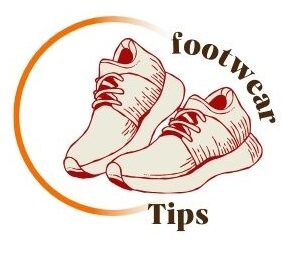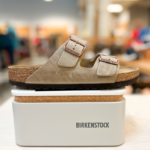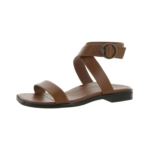Address:
- 2365 Hood Avenue, San Diego, CA, 92123
To determine foot width, stand on a piece of paper; if toes touch edges, you have wide feet. If there is space, you have narrow feet.
Understanding the width of your feet is essential for finding comfortable shoes that provide proper support and prevent discomfort. Wide feet may require shoes with extra width or specific features to accommodate the broader shape, while narrow feet may benefit from shoes that offer a snug fit to prevent slipping or rubbing.
By identifying whether you have wide or narrow feet, you can make informed decisions when selecting footwear that promotes foot health and overall comfort. Let’s explore ways to determine your foot width and the importance of choosing the right shoe size for optimal foot support and comfort.
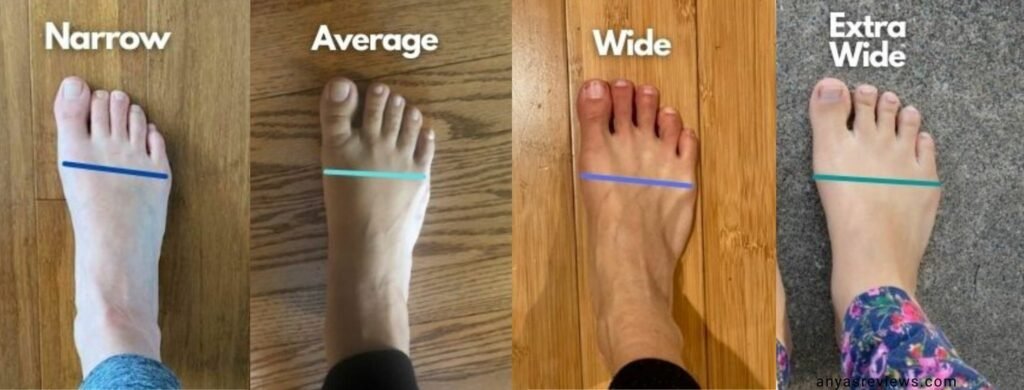
Credit: anyasreviews.com
Understanding whether you have wide or narrow feet is crucial for proper shoe fitting. To determine your foot size, measure the width at the ball of your foot. Wide feet will exceed the standard width measurement, while narrow feet will fall below it.
Understanding whether you have wide or narrow feet is crucial when it comes to finding comfortable and well-fitting shoes. Proper foot sizing plays a significant role in ensuring your overall foot health and comfort. By knowing your foot width, you can avoid pain and discomfort and enhance the performance of your shoes.
Wearing shoes that are too narrow or too wide can lead to various foot problems, including blisters, corns, calluses, and even bunions. These issues can cause significant pain and discomfort, making it difficult to walk or stand for long periods. By determining your foot width and choosing shoes that match it, you can prevent these problems and enjoy a pain-free walking experience.
Here are a few ways in which proper foot sizing helps you avoid pain and discomfort:
Proper foot sizing not only increases comfort but also enhances the performance of your shoes. When your shoes fit correctly, you can enjoy the following benefits:
By prioritizing proper foot sizing, you can not only avoid pain and discomfort but also optimize the performance of your shoes. Whether you have wide or narrow feet, finding the right shoe width is essential for your overall foot health and well-being.
Identifying Your Foot Shape is crucial when it comes to finding the right footwear. Knowing whether you have wide or narrow feet can significantly impact your comfort and overall foot health. There are several methods to determine your foot shape, including visual inspection and the footprint test.
Visual inspection involves taking a close look at your feet to assess their shape and size. Sit comfortably and examine your feet from different angles, paying attention to the width of the forefoot and the overall shape of the foot.
The footprint test is a simple way to identify your foot shape. Wet the sole of your foot and step onto a piece of paper or a surface that will leave a clear imprint. Examine the shape of the footprint to determine whether it is wide or narrow. A wider footprint indicates wider feet, while a narrower footprint suggests narrow feet.
Discovering the width of your feet at home is simple. By accurately measuring your feet, you can determine if they are wide or narrow. This can be done by using a ruler and following a few easy steps.
To measure your feet accurately, you will need a ruler, a piece of paper, a pen or pencil, and access to a flat, hard surface.
Follow these simple steps to measure your feet at home:
Understanding foot width is essential in determining whether you have wide or narrow feet. By measuring the widest part of your foot and considering factors like shoe sizes and comfort, you can determine your foot width and find the perfect fit for your shoes.
Understanding the width of your feet is crucial when it comes to finding comfortable and properly fitting shoes. Whether you have narrow or wide feet, knowing your foot width can make a significant difference in your overall foot health and comfort. Let’s delve into the differences between narrow and wide feet and how you can determine which category your feet fall into.
Measuring your foot width is a simple process that can be done at home. To determine whether you have narrow or wide feet, you will need to measure the key dimensions of your feet. Here are the steps:
Now that you have the measurement, you can compare it to the standard width chart to determine whether your feet are narrow or wide. Here is a general guideline:
| Foot Width (inches) | Foot Width (centimeters) | Category |
|---|---|---|
| Less than 3 3/8″ | Less than 8.6 cm | Narrow |
| 3 3/8″ – 4 1/8″ | 8.6 cm – 10.5 cm | Medium/Regular |
| More than 4 1/8″ | More than 10.5 cm | Wide |
By comparing your measurement to the chart, you can easily determine whether you have narrow, medium, or wide feet. Keep in mind that this is just a general guideline, and shoe sizing can vary between brands and styles. It’s always a good idea to try on different shoes and consult with a professional if you have any concerns about your foot width.
Understanding the width of your feet is crucial in finding the right pair of shoes. The impact of foot width on shoe fit cannot be overstated. Whether you have wide or narrow feet can significantly affect the comfort and support of your footwear. This article will help you determine your foot width and its impact on finding the perfect shoes.
When selecting a shoe size, it’s essential to consider not only the length but also the width of your feet. Narrow feet may require a different size compared to wide feet. To ensure a proper fit, it’s crucial to measure both the length and width of your feet accurately. Many brands offer varying width options for their shoes, providing a better fit for different foot shapes.

Credit: www.kurufootwear.com
Professional Foot Sizing is the key to determining whether you have wide or narrow feet. Expert measurement ensures accurate results.
1. Accurate assessment of foot width and length.
2. Proper fitting shoes for enhanced comfort.
3. Reduce the risk of foot-related issues like blisters or calluses.
1. Removal of shoes and socks for measurement.
2. Placing feet on a foot-sizing device or measuring mat.
3. Examination of foot shape and arch to determine width.
When buying shoes with unusual width, consider these tips:
It’s essential to monitor and adjust for any changes in your foot size and width over time. This can help prevent discomfort and foot issues.
Regularly measure your feet to track any alterations in size or width. Consider consulting a podiatrist for accurate assessments.
Choose footwear that accommodates your wider or narrower feet to maintain comfort and support. Opt for adjustable or customizable shoe options.
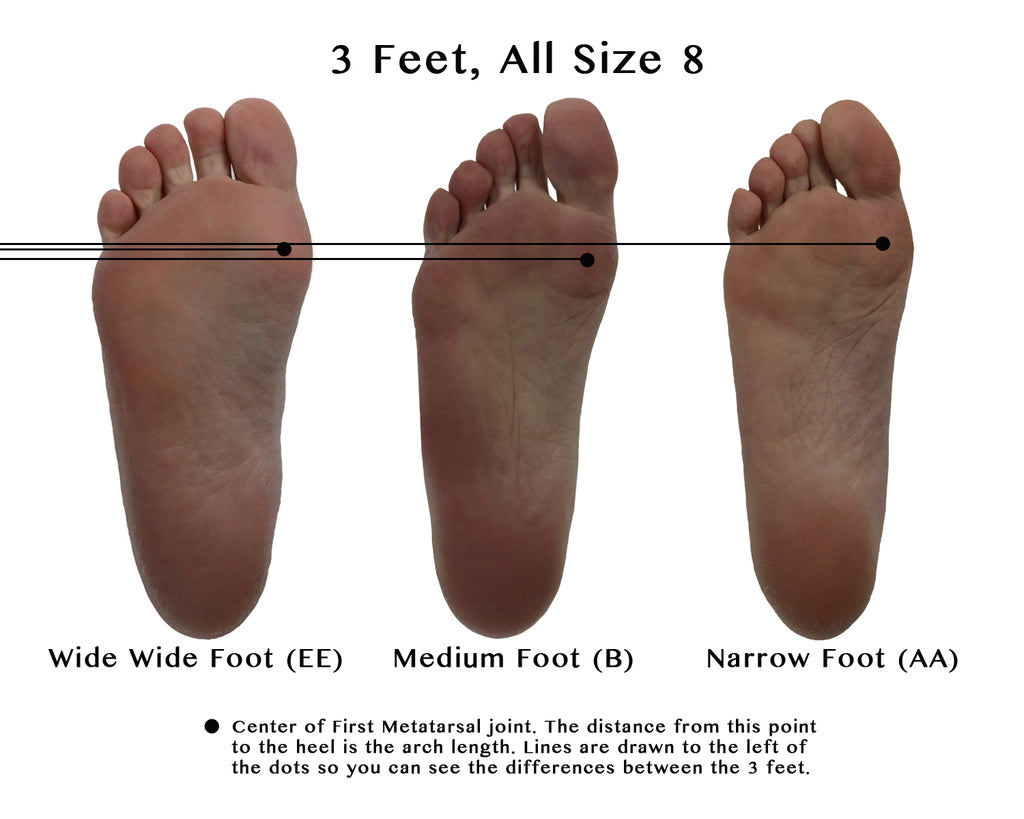
Credit: www.antarctic-circle.org
To find out if you have wide or narrow feet, measure the width of your foot at its widest point. If your width measurement is less than 3 1/2 inches, you have narrow feet. If it’s more than 4 inches, you have wide feet.
Anything in between is considered average width.
Look for shoes that come in wide sizes or have a wider toe box. Avoid shoes with pointed toes or narrow designs. Brands like New Balance, Brooks, and Asics are known for their wide-width options. Make sure to try on shoes and walk around in them before purchasing to ensure proper fit and comfort.
Yes, you can stretch shoes to fit your wide feet. Use a shoe stretcher or try the “freezer method” by filling a plastic bag with water, placing it in the shoe, and freezing overnight. The ice expands and stretches the shoe.
Be sure to only stretch shoes made of leather or canvas, not synthetic materials.
To conclude, identifying whether you have wide or narrow feet is crucial when it comes to buying shoes that fit perfectly. By following the simple steps mentioned in this blog post, you can easily determine the width of your feet and make informed decisions when shoe shopping.
Remember, wearing shoes that fit well not only provides comfort but also prevents foot injuries and discomfort. So, take the time to measure your feet and invest in shoes that provide the right fit for you.
Get our most valuable tips right inside your inbox, once per month!
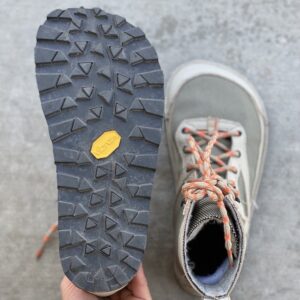
Looking for walking shoes with a wide toe box? Check out these top options for men and women that offer comfort, support, and a roomy

Looking for cheap barefoot shoes? Check out WHITIN Men’s Ultra-ventilated Barefoot Shoes for $19.99 on Amazon.com or Men’s Quick-dry Barefoot Shoes for $8.47 on Temu.
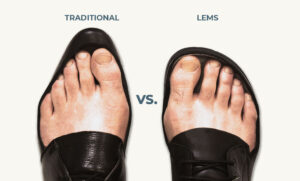
Foot-shaped shoes are available in various brands such as Lems Shoes, Padgene, Barekick, WHITIN, relxfeet, Xero Shoes, New Balance, Earthing Harmony, Atoms, BRONAX, Hike Footwear,

Toddler Barefoot Shoes provide a minimalist and lightweight option for kids to splay their feet naturally while walking, running, or playing sports. These shoes have
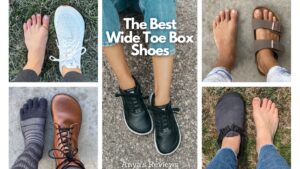
Discover a variety of wide toe box shoes for women in Austin, Texas, including options from Orthofeet, WHITIN, Temu, and more. These shoes offer comfort
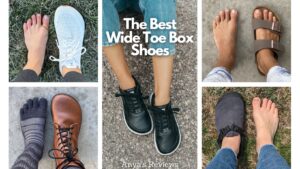
Toe box shoes provide ample space for the toes, allowing them to move freely and comfortably. They are available in various styles and sizes, with
